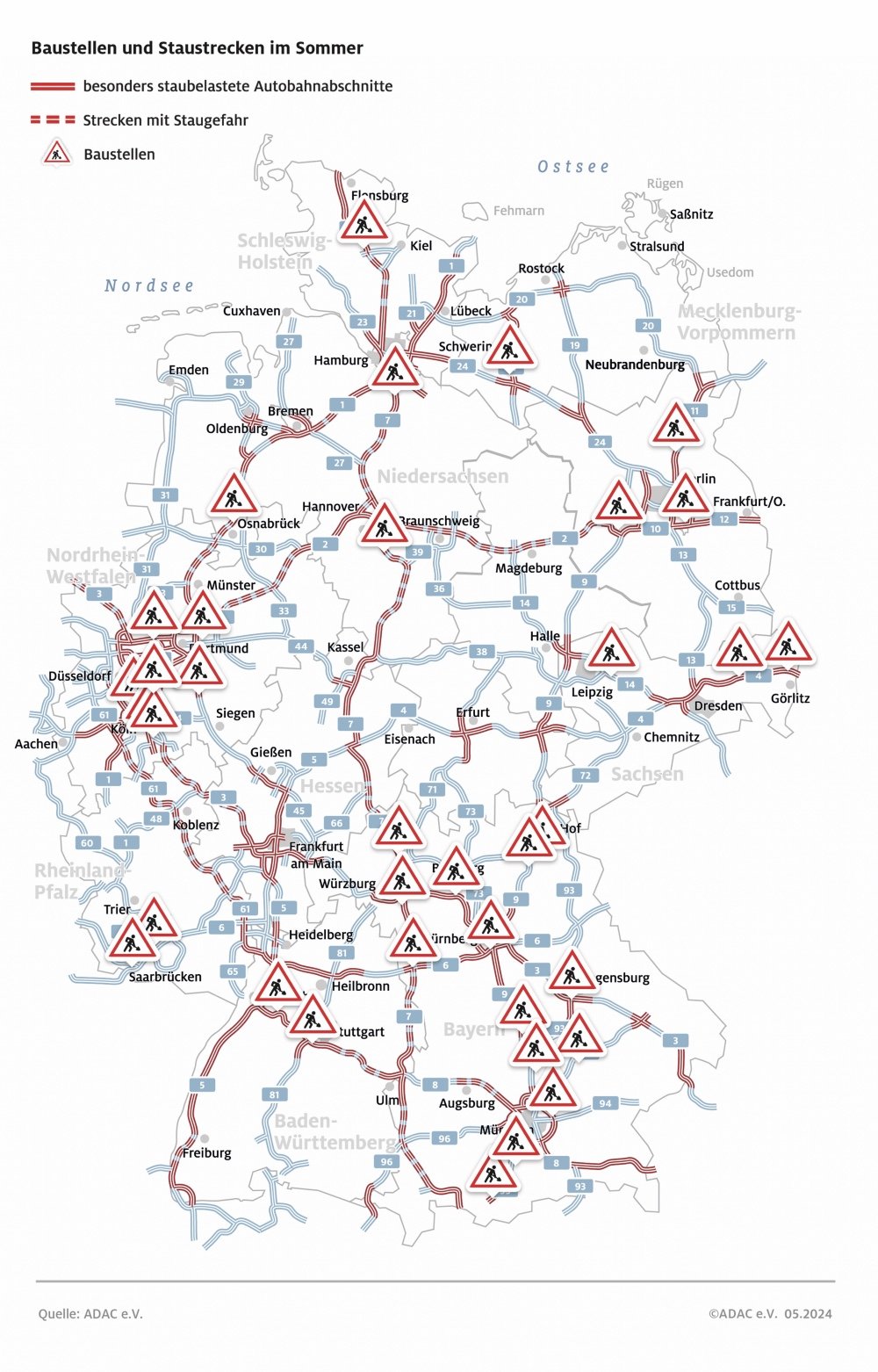In Copenhagen, traffic will be diverted away from all the streets around the starting area at Amalienborg Palace between 6am and 11pm, with the first part of the race route (Orange on map below) closed from 7am and 11pm, a broader area including HC Andersens Boulevard closed from 2pm to 10.30pm (green below) and a much larger route closed from 4.30pm and 11pm.

Cars will also be banned from stopping or parking on Frederiksberg Allé, Amaliegade, Toldbodgade, St. Annæ Plads, and Holbergsgade between Nyhavn and Herluf Trolles Gade.
In Fredericiagade between Amaliegade and Bredgade, the stopping and parking ban already applies from Sunday 19 May at 8.00am to Tuesday 21 May at 10am.
The race organisers are recommending that people either come by public transport or cycle to the start area, as no areas have been arranged for parking in the city.
They recommend travelling by metro to Kongens Nytorv or Marmokirken, by harbor ferry to Nyhavn, or by metro or S-train to Østerport, and then walking the rest of the distance.
Those participating in the race are being offered a cheap ticket on public transport, costing 33 kroner for zones 1 to 4 or 66 kroner for unlimited zones, which is valid for 24 hours.
Aarhus
Some 20,000 people will be participating in the run in Aarhus, with quite a significant impact on traffic in the city.
Large parts of the city centre will be closed to car traffic between 10am and 5pm, with the areas immediately around the start and finish line closed from 7am (click on the red areas in the map below to see times when areas are closed to car traffic).




 Please whitelist us to continue reading.
Please whitelist us to continue reading.
Member comments